Good Places for Visitors to Buy Rum in the Caribbean - Part 2
In Part 1, I covered why many Caribbean visitors with rum acquisition at the top of their minds return home with much less than they hoped for. Here, I’ll dispense some further thoughts on Caribbean rum hunting, plus hard-won advice on getting it all home.
Duty Free at the Airport
If you’ve ever scanned duty-free liquor prices at major international airports, you know that duty-free liquor prices aren’t necessarily a bargain; you can often get an equivalent price at home. Duty-free shops know they’re the liquor store of last resort for travelers and price accordingly.
However, some duty-free stores in the Caribbean effectively function as satellite stores for local distilleries. You likely won’t find everything a distillery shop has, but top-selling items often make it to duty-free shops. You may even find some high roller bottles at the airport duty-free shops.
The challenge with airport duty-free shops is twofold:
You usually don’t know what the shops have in stock until you’re at the airport. Some have websites listing their inventory, but their accuracy is hit-or-miss.
If you buy at duty-free, you’re carrying your bottles onto the plane. If you have connecting flights, and depending on where you’re connecting through, you may need to claim your luggage and recheck it. If this is the case, you must place your duty-free purchased bottles into your luggage before rechecking it, which can be stressful and a hassle.
Yes, some folks say this isn’t necessary, but you’re at the mercy of those running the security line and whether they’ll allow you to pass through security with bottled liquids.
Martinique & Guadeloupe – Rum Wonderland
While I’ve previously made the case that high-end rums are not necessarily as available in the Caribbean as you might hope for, the French Caribbean is a notable exception.
Martinique and Guadeloupe have better infrastructure and stronger economies than most Caribbean countries because they are fully part of France, just like Hawaii, which is a full-fledged US state despite being an island 3,000 miles from the US mainland. As French overseas territories, Martinique and Guadeloupe receive funding from the French government and the EU to pay for roads, hospitals, schools, and other public services. The local populations also benefit from higher wages. With more money flowing through the local economy, businesses can offer a wider range of upscale products, including up-market rums.
Beyond an abundance of eye-popping distillery visitor centers, both islands have boutique rum shops in areas easily accessible to locals and tourists. Large supermarkets like Carrefour and Leclerc have more rums on hand than you’ll find at a high-end US liquor store. The Carrefour Génipa location in Martinique has a rum section that boggles the mind, with several rums in glass cases costing hundreds or thousands of euros.
Granted, the rum selection here naturally favors home team producers, but it’s no different elsewhere. Also, rums in the French Caribbean are often ridiculously cheap relative to their price in your home country.
Don’t pass on the kaleidoscope of rhum arrangés. Yes, they are “flavored rum,” but the flavor comes from local fruits and spices still in the bottle! They’re remarkably inexpensive. We purchased several in Guadeloupe to enjoy as an easy cocktail—pour over ice and squeeze a lime into it!
Also, just for the sheer novelty, check out the boxed rhum agricole in sizes from 2 liters up to 5 liters. Or as I like to call it, “Bagricole.”
Diamonds in the Rough
While rare, exotic, and expensive rums may be a challenge to find in the Caribbean, there are often local-only gems worth considering. The trick is to assess what’s available rather than arriving with preconceived ideas of what you’re looking for. While not a comprehensive list, here are some examples.
Barbados: During a recent Barbados trip, I came across Mount Gay’s (unaged) Silver rum. It’s delicious and, as of May 2025, remains Barbados-only. Until recently, Planteray’s Cut & Dry coconut rum was only available in Barbados. If you’re a fan of falernum, track down Cockspur’s version.
Jamaica: Captain Morgan rum in Jamaica is made by Wray & Nephew rather than Diageo. The Jamaica version is a budget-friendly rum, somewhat like Kingston 62 Gold. Wray & Nephew also has/had a limited edition “Parishes” series, which are higher strength (70% ABV) versions of the brand’s White Overproof.
If you like Rum Fire, don’t sleep on Charley’s JB, Wray & Nephews challenger to Hampden’s Rum Fire. There are also a few other white overproofs, like Jamaica Lion. They aren’t necessarily different from the mainstream overproofs but are cool trophies for your bourgeoning rum collection.
Grenada: Clarke’s Court, made by Grenada Distillers, can be challenging to get outside Grenada. And while River Antoine’s Rivers Royale is available in the US and Europe, it costs upwards of $60. In Grenada, a bottle currently costs US $20 or less.
Don’t sleep on some of the flavored rums, many of which don’t go off-island. Two that come to mind are Mount Gay’s Mauby and Angostura’s White Oak Sorrell.
It’s impossible to provide a more detailed list here. Things change all the time. The important thing is to keep an open mind when it comes to unfamiliar brands. Read the back labels to see if they tell you which distillery made it. Beyond that, take a chance!
Getting Your Rum Home
Packing
The usual follow-up question to “Where do I buy all the good rum?” is, “How do I get it all home safely?”
Some folks swear by hardshell suitcases for wine/liquor bottles; others evangelize “wine diapers” and similar air pillows to wrap your bottles. While they work well, they can constrict what you take to and from your destination.
Mrs. Wonk and I are veterans of dozens of international trips and have returned home with hundreds of unbroken bottles—all with regular carry-on roller bags. Each bag holds up to eight regular-sized bottles.
The secret: a foldable duffle bag that collapses into a pouch.
Outbound: pack your roller bags with clothes as you normally would. Toss in the foldaway duffel bag.
Return: Use pants or shirts to wrap each bottle fully. Carefully arrange the bottles in the suitcase to avoid neck overlap as much as possible. Make two layers of bottles if necessary. Use socks and other small clothing to fill gaps and ensure the bottles can’t jostle around. With patience, you can get up to eight normal bottles in a carry-on roller bag and still be under the 23kg weight limit. Place whatever clothes remain in the foldaway duffle bag and use it as your carry-on. Travel scales are your friend.
In over a decade, I’ve only had one bottle break—I got nine bottles in one carry-on, but one with very thin glass broke. It was Hampden Estate Gold, and my clothes smelled AMAZING!
Import Duties
Another concern when bringing home many bottles is “What about the duty-free limit?” The key word here is “duty-free,” not “limit.” Generally speaking, you can bring back as many bottles as you wish, but you may have to pay import duties beyond the duty-free limit. If the duty-free limit is 2 liters and you show up with 5 liters, you will technically owe duties on 3 liters.
From the US perspective, the per-bottle duty is quite small (around $3/liter). Most border agents don’t want the hassle of calculating the duty to collect less than $20. Be prepared to pay the duty, and don’t lie if asked. However, most people are simply waved though US customs. For a deeper dive into this topic, see Over Your Duty Free Limit! What Happens Next?
Bringing Cuban Rum Into the US
Cuban rum—the forbidden fruit of many US-based rum geeks who ponder slipping a bottle or five into their suitcase. What’s the risk?
The short answer: it’s not currently legal.
The practical answer: Americans frequently bring Cuban rum into the US without incident. US customs usually waves through travelers, but the risk of confiscation is always present. Also, you risk losing your Global Entry status if you’re caught bringing back Cuban rum or other contraband items.
For a more detailed answer, with US government sources cited, see: Can you bring Cuban Rum Into the US?
That’s it for this two-part series! (Part 1) Still have questions? Don’t be shy—post them in the comments!



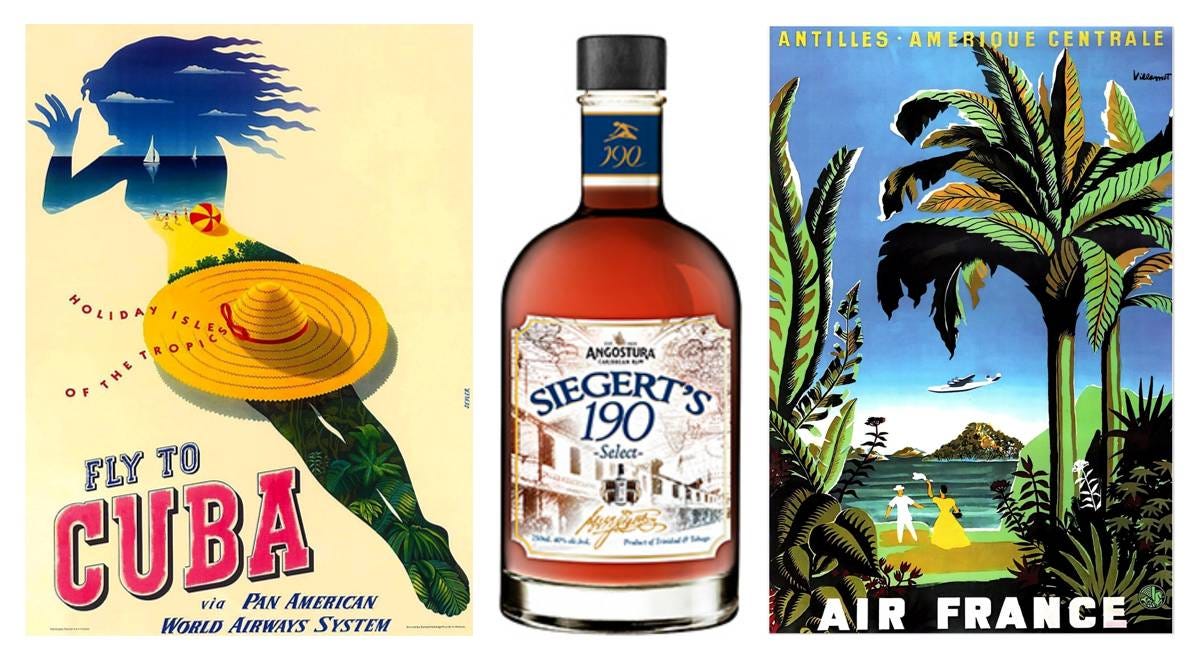
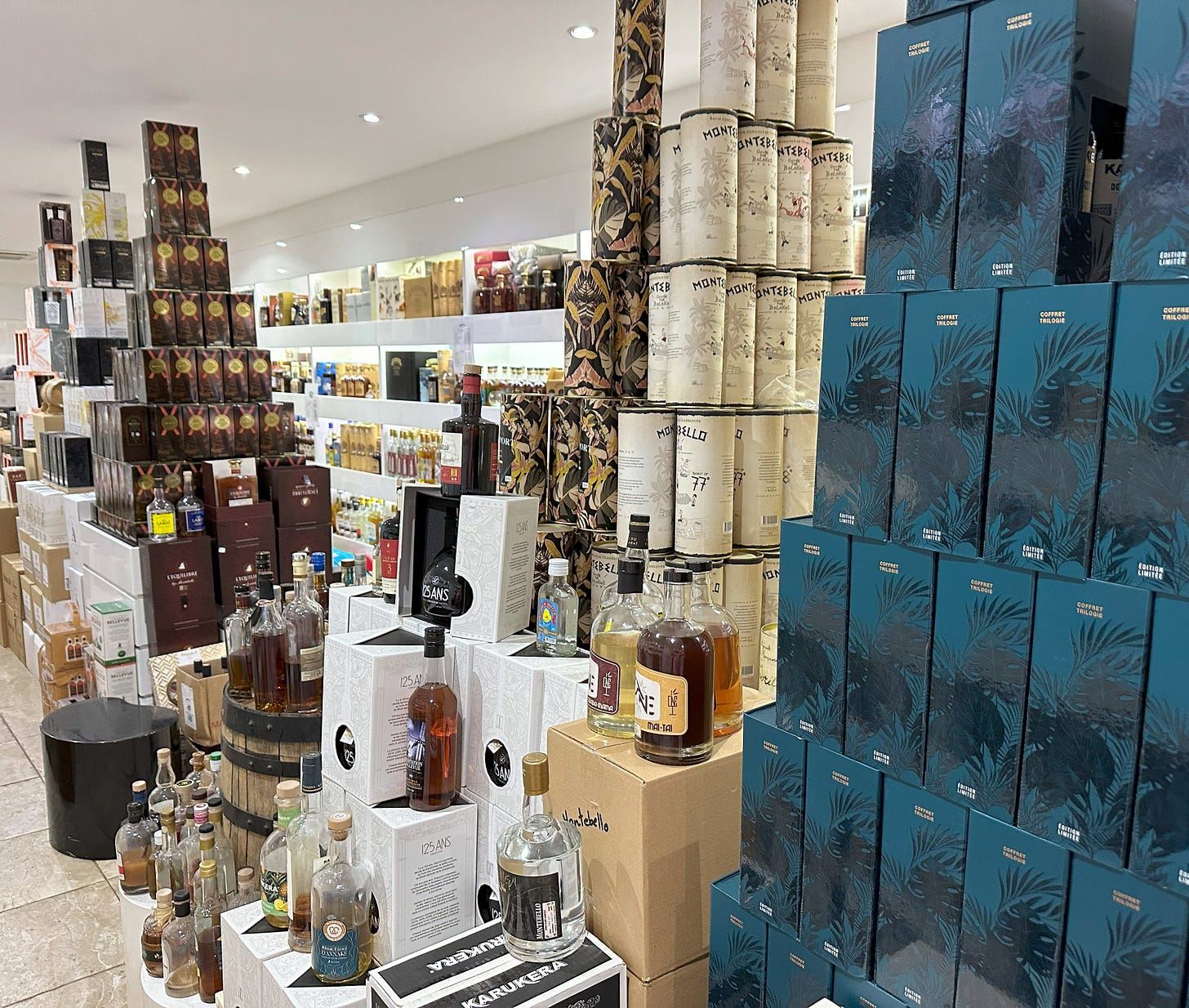
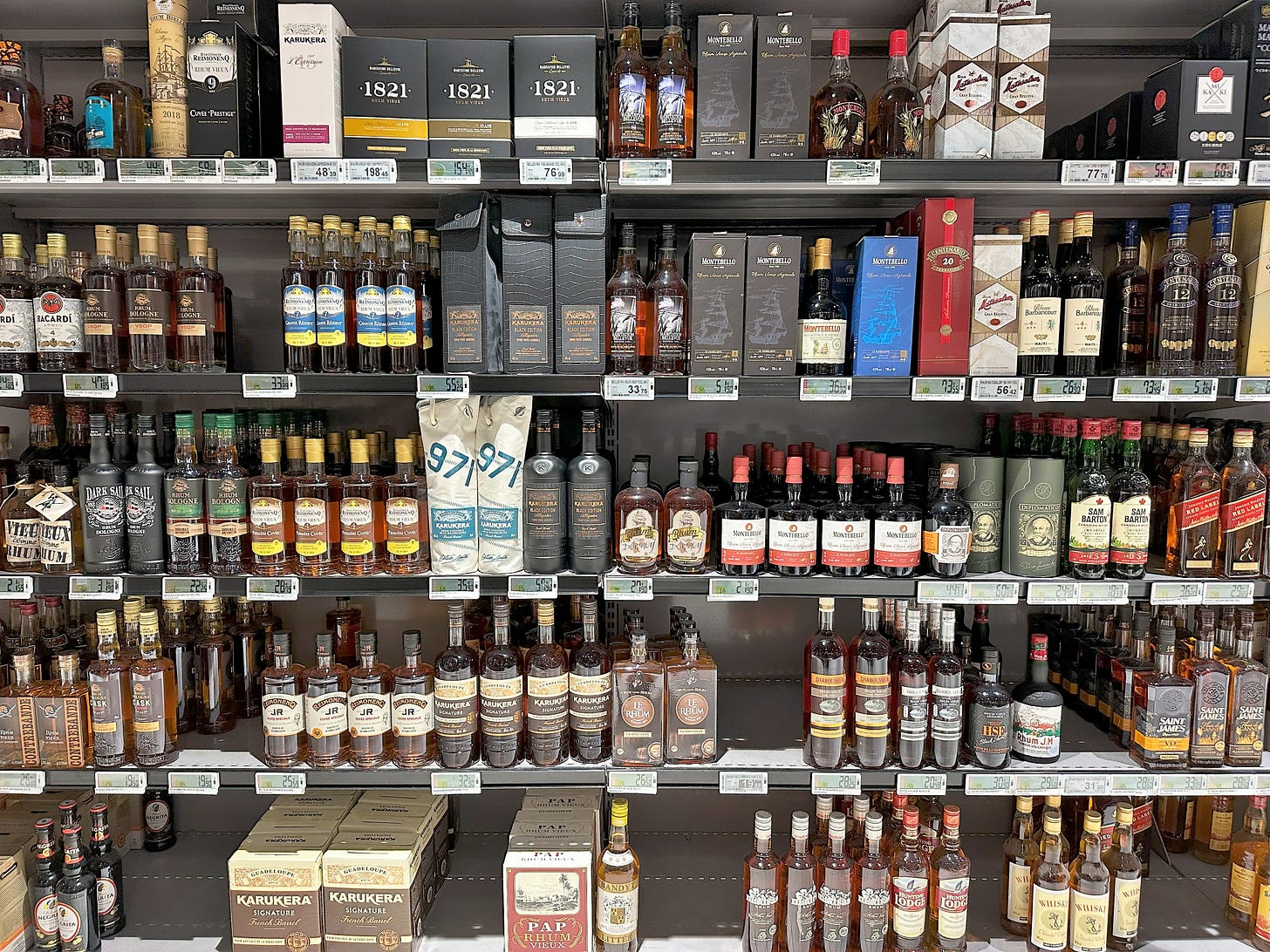
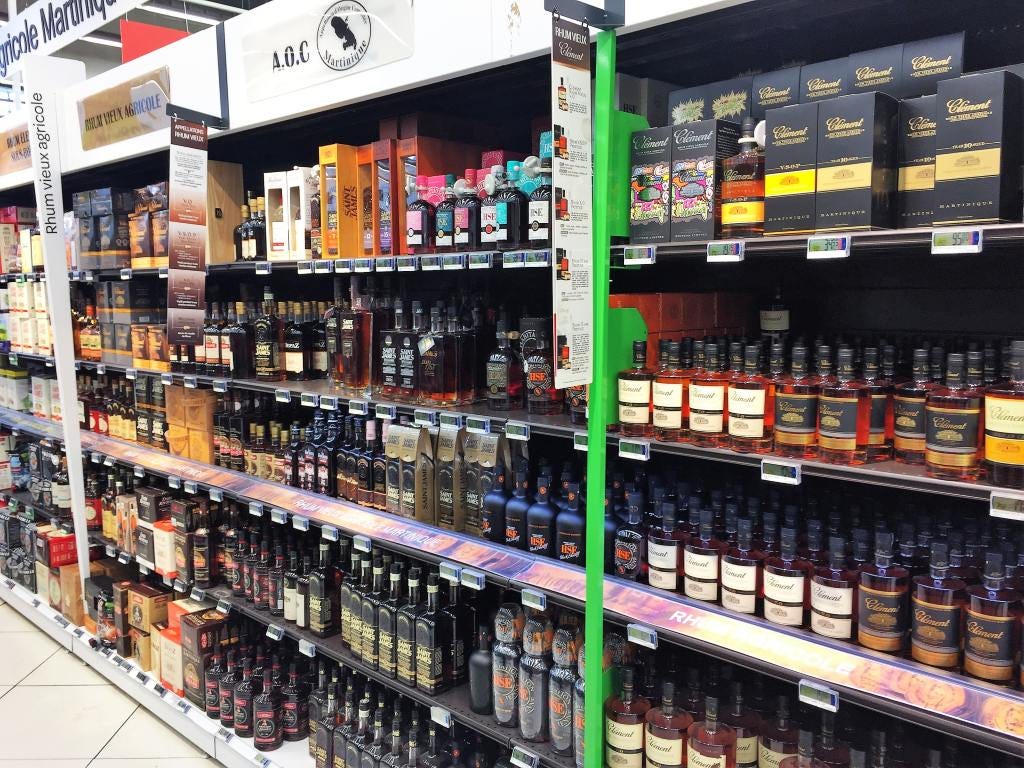
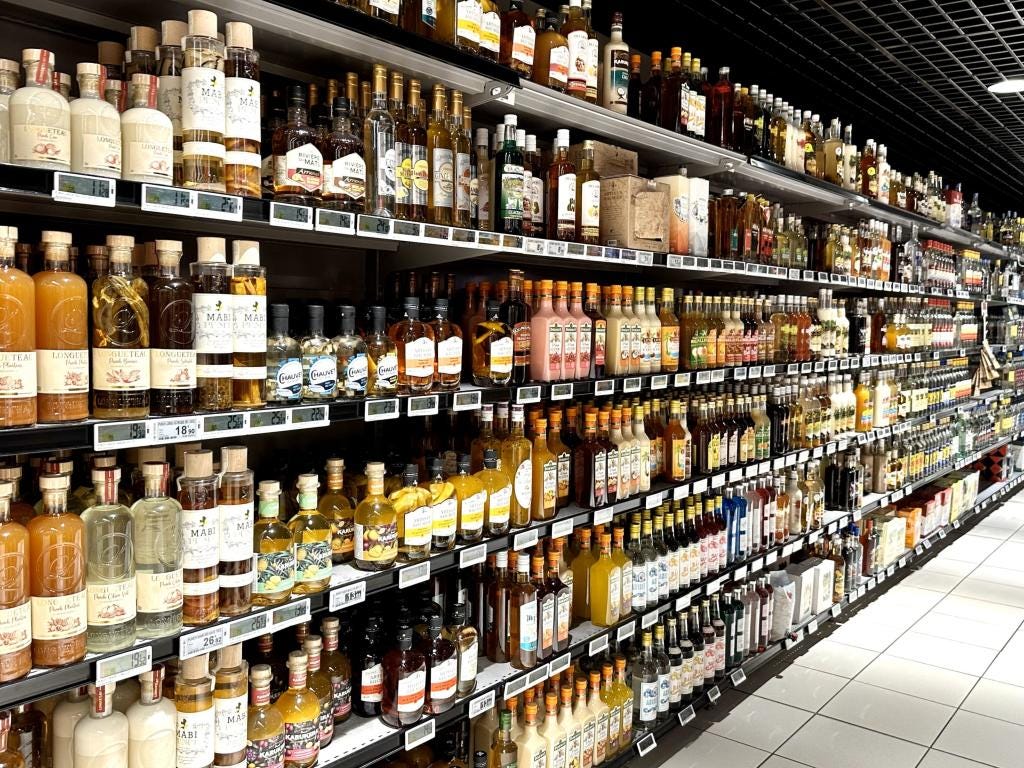
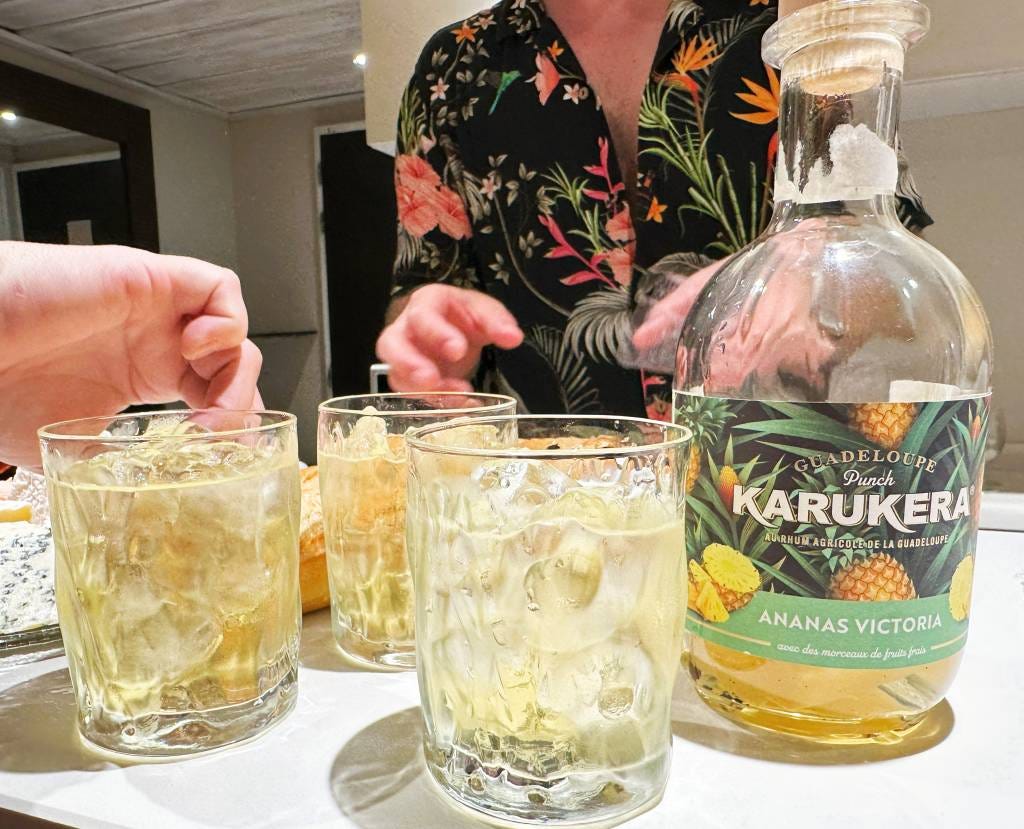
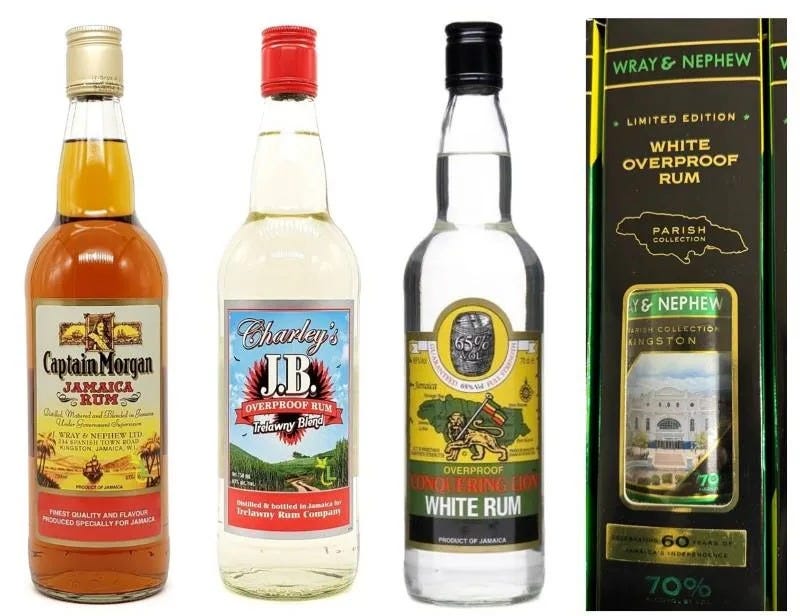
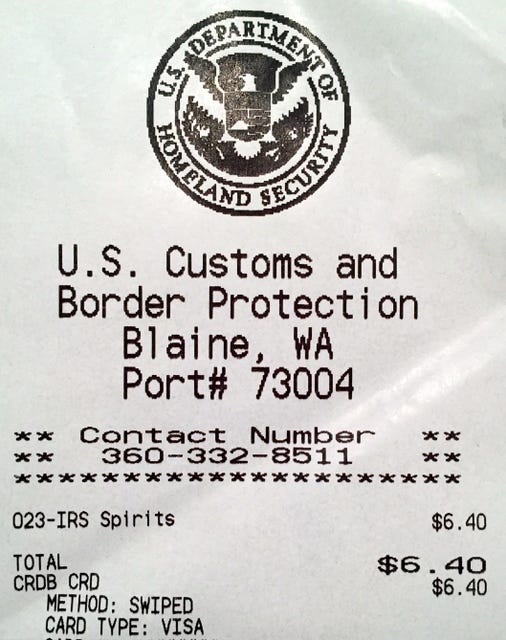

hey hey
Probably cool conversations about admiral Grog and navy rum.
By the way, do you have any idea when your book will be published about that?
And is there a significant difference with the edition for Plantray edition, apart from the chapter that Mr. Alexander wrote?
Thanks in advance for your writing
Mitch Wilson ? nice